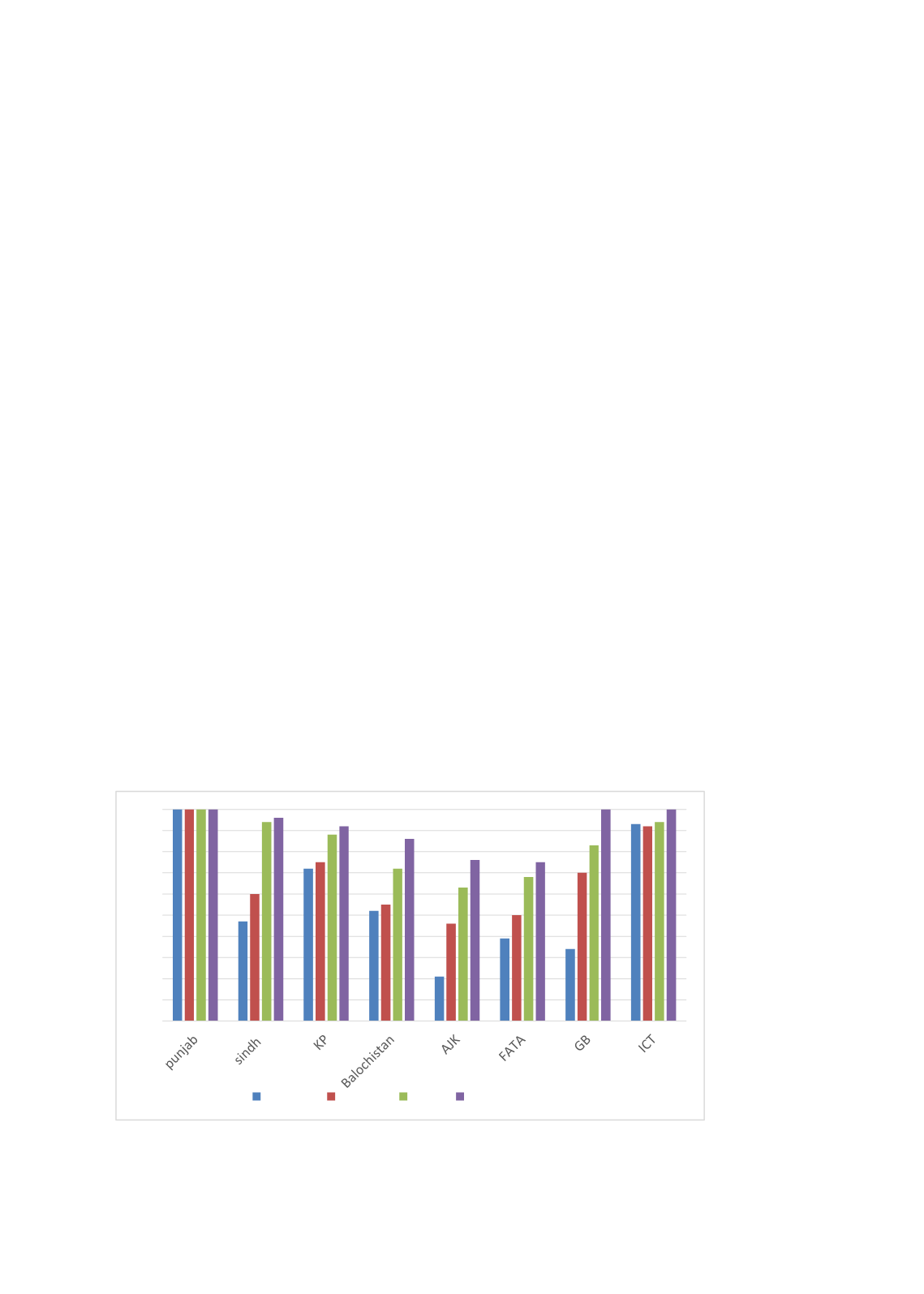

135
Quality of physical educational inputs
Governments have typically tended to pursue ‘inputs’-based educational policies in the
misguided view that improving inputs alone will improve educational quality. This is not to say
that inputs do not matter, but the critical question remains ‘which’ inputs matter most to
improve educational quality. However, research in education in recent years has questioned the
value of investments in expensive resources (such as reduced class sizes) as the relationship
between school resources and student achievement remains contested (Hanushek, 1997).
Nevertheless, there are some basic facilities without which a child’s learning experience is likely
to be compromised – the availability of a functioning toilet, safe drinking water, boundary walls
for schools, physical classroom structures, textbooks and most importantly teachers who are
qualified and have sufficient content and pedagogic knowledge to impart learning effectively to
the child.
The evidence to date indicates that the quality of physical school indicators continues to remain
poor across schools in Pakistan with private schools reporting better availability of most
(though not all) facilities than government schools. There are large discrepancies across
provinces and regions with the poorer provinces such as Balochistan consistently reporting
poor educational inputs across both government and private schools. Figure 3.3.6 illustrates the
availability of drinking water by province/region and by schooling level based on PSLM data
(2015-2016). It is clear that safe drinking water is not available even based on these government
statistics across most provinces and across various education levels. ASER data from most
recent years also appears to highlight this dire state of affairs (Appendix Table A7); in
Balochistan, for example, only 14%of primary government schools reportedly had safe drinking
water and whilst private schools consistently reported better water facilities, even private
schools inmany parts of the country do not provide this basic facility to children. Similar findings
are reported for toilet facilities (Figure 3.3.7 and Appendix Table A8). The data from ASER also
consistently shows poor quality of other physical schooling facilities – with only 35% of
government primary schools reporting having playgrounds available and only 45% of private
schools indicating availability of playgrounds for children nationally.
Figure 3.3.6: Availability of Drinking Water (%), by Province/Region and Schooling Level
Source: Pakistan Education Statistics 2015-16
0
10
20
30
40
50
60
70
80
90
100
primary middle high higher secondary
















